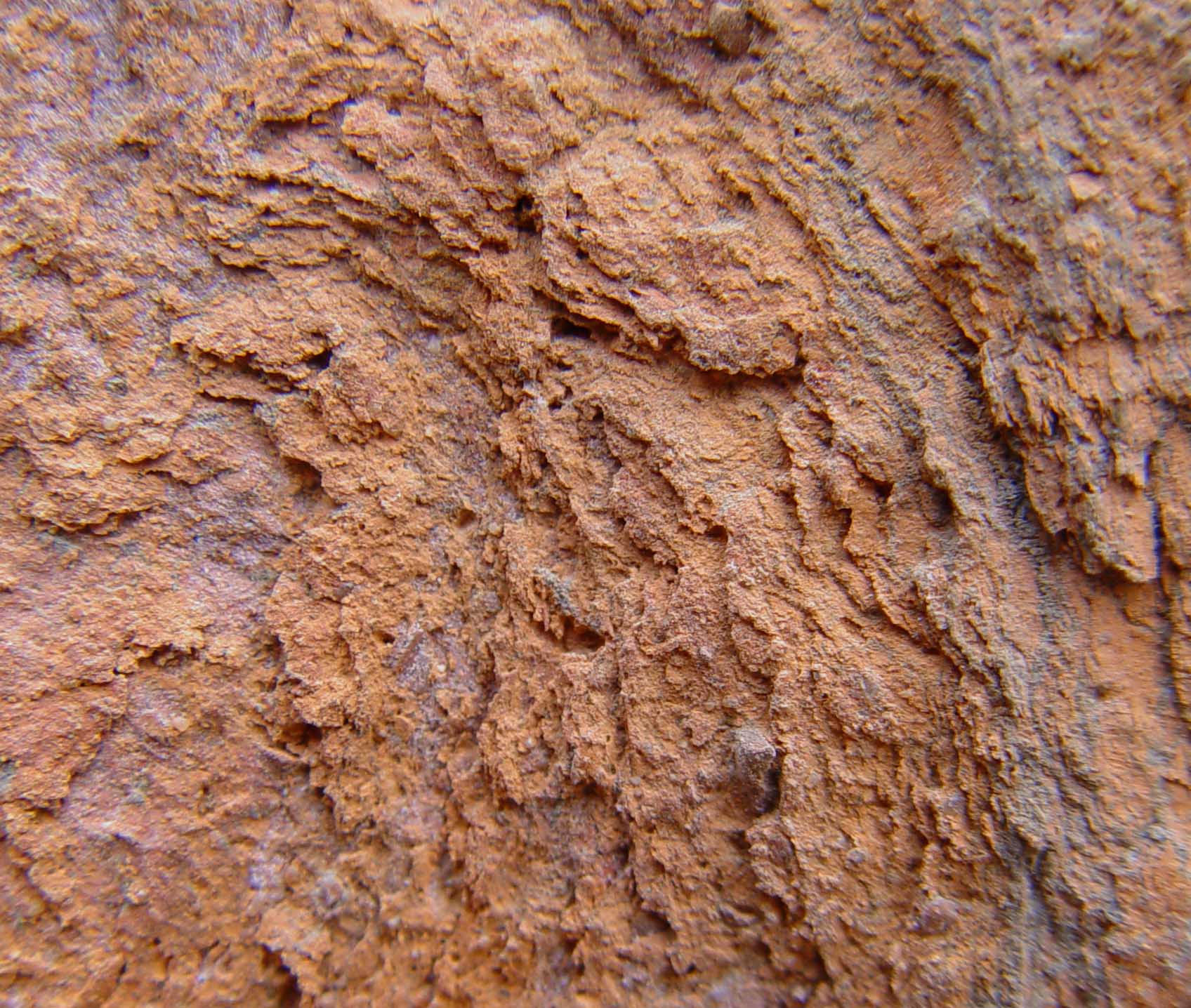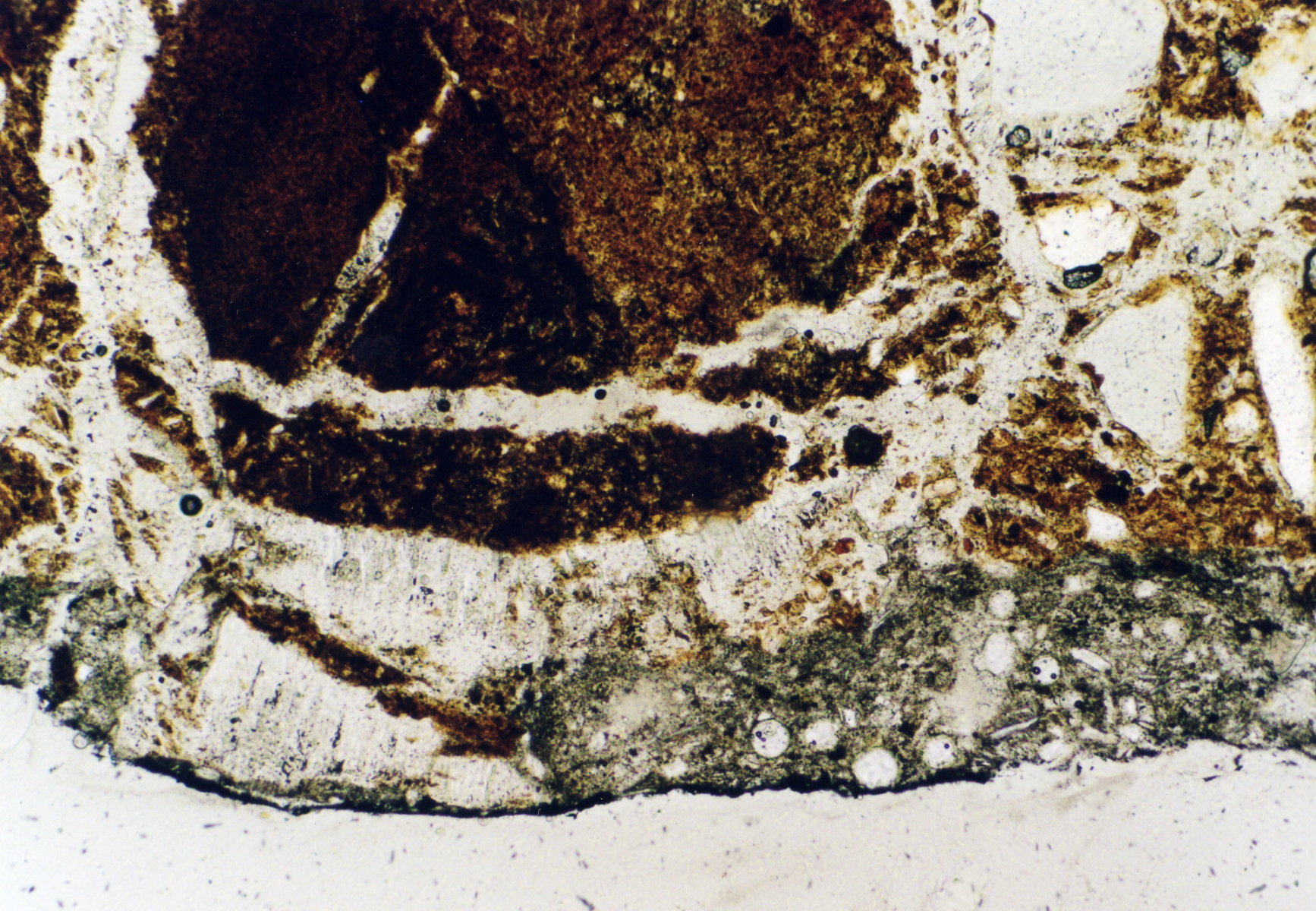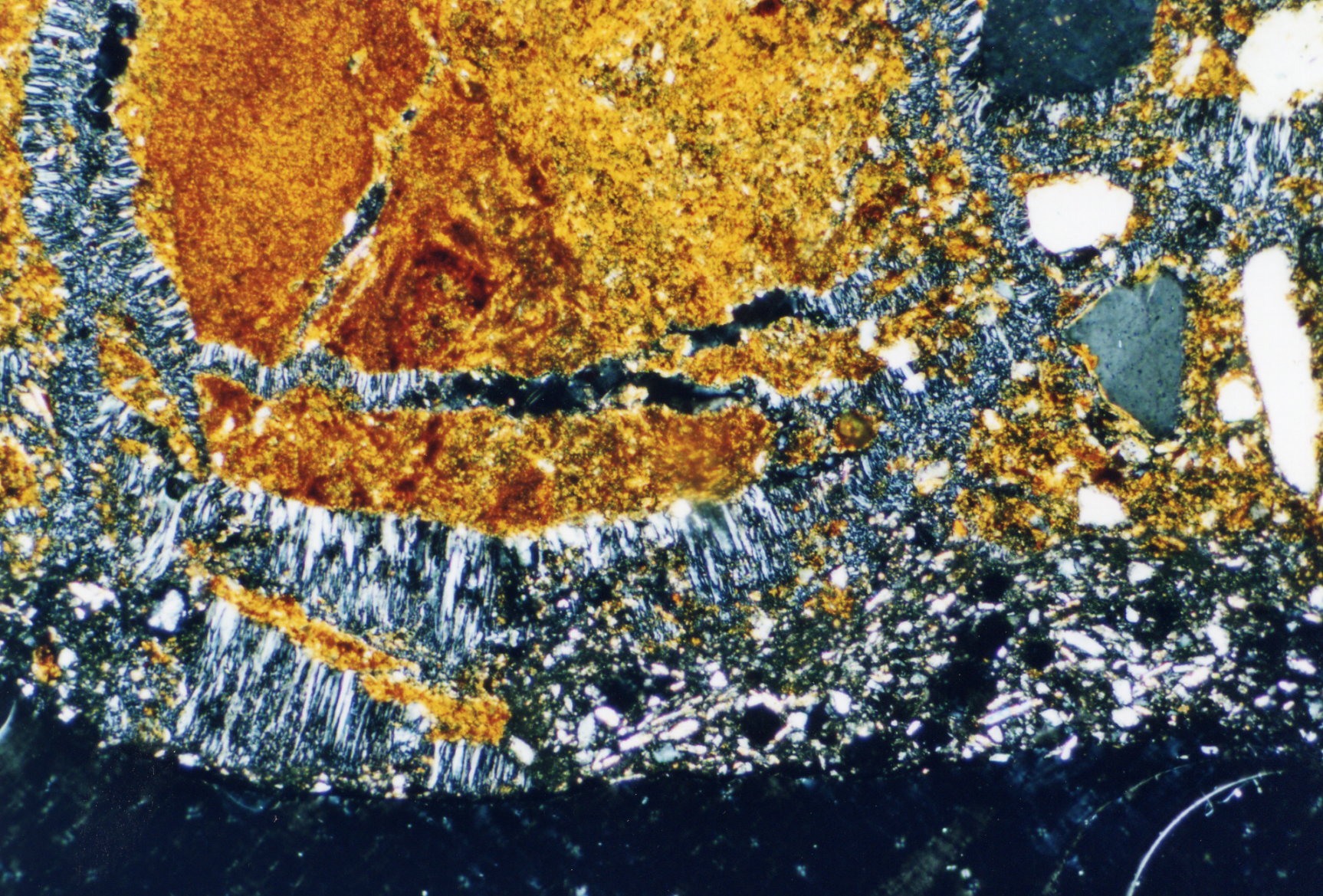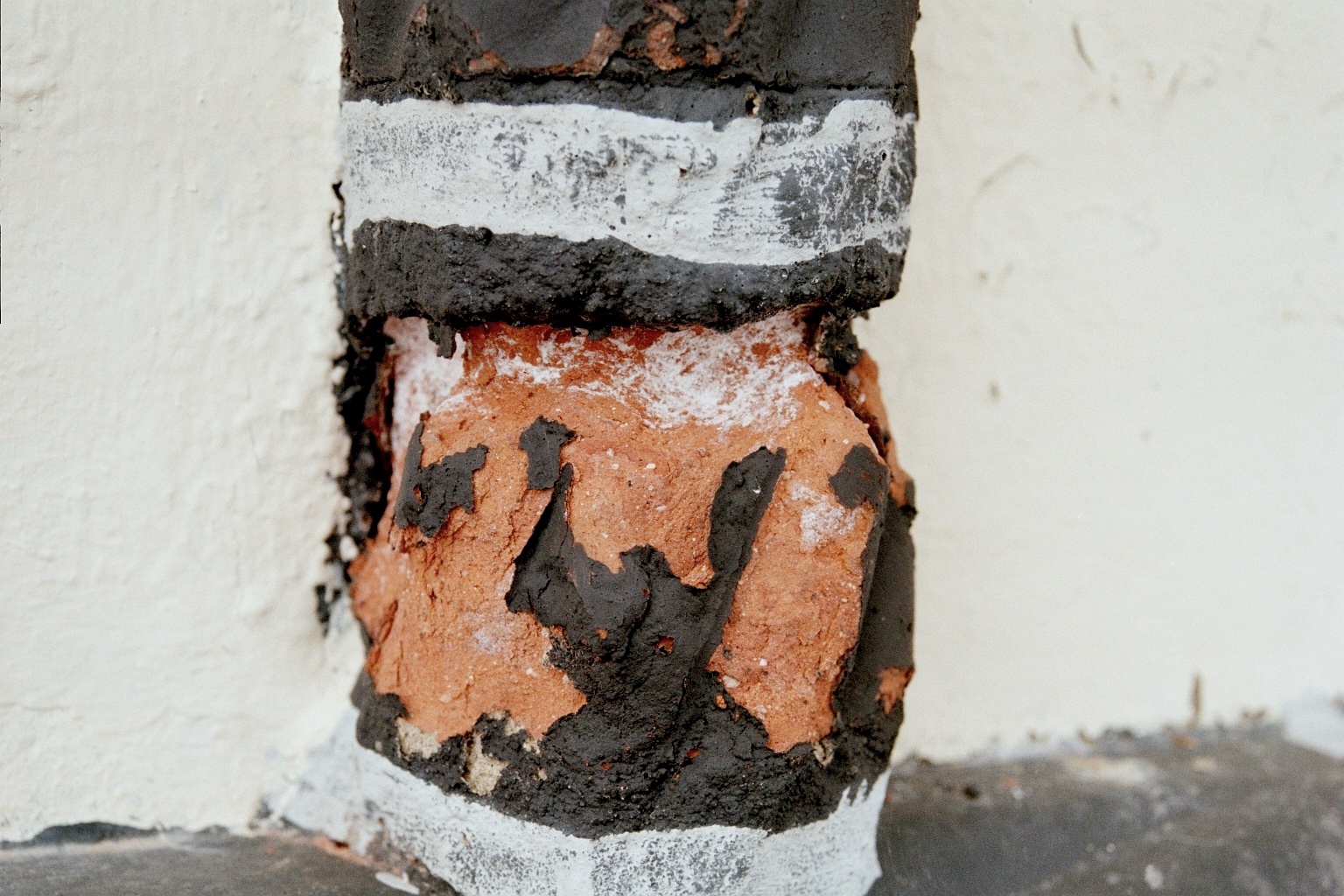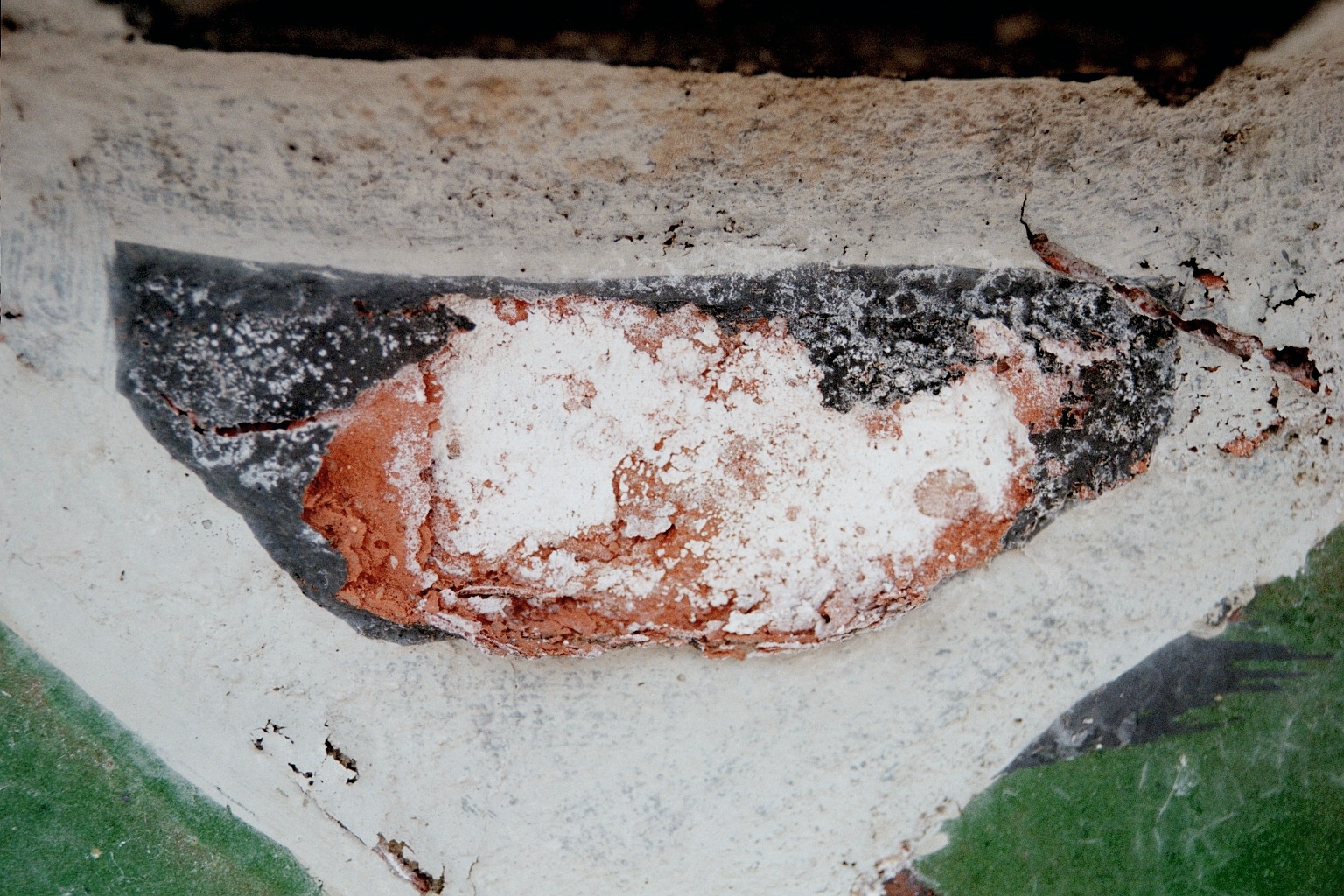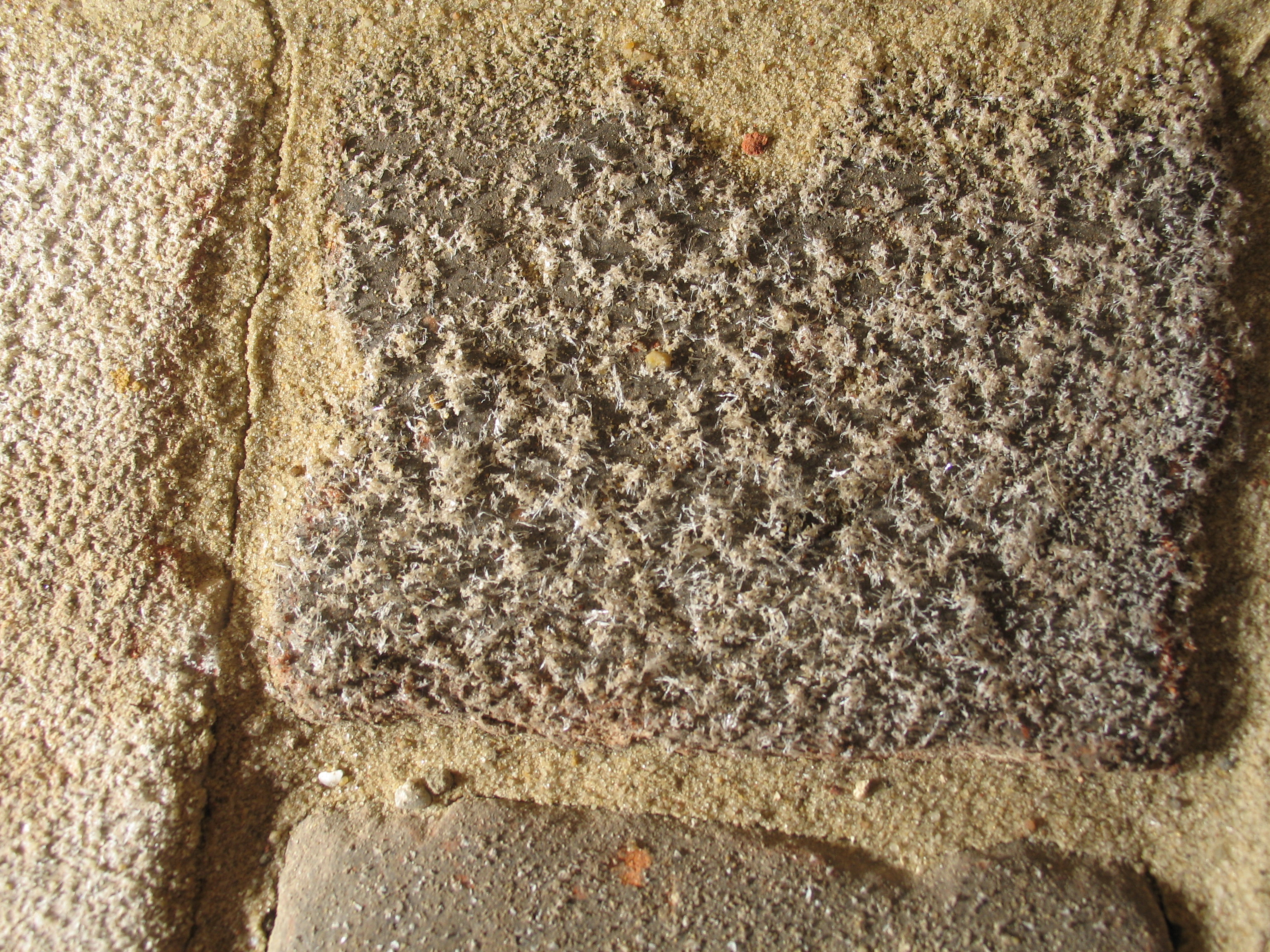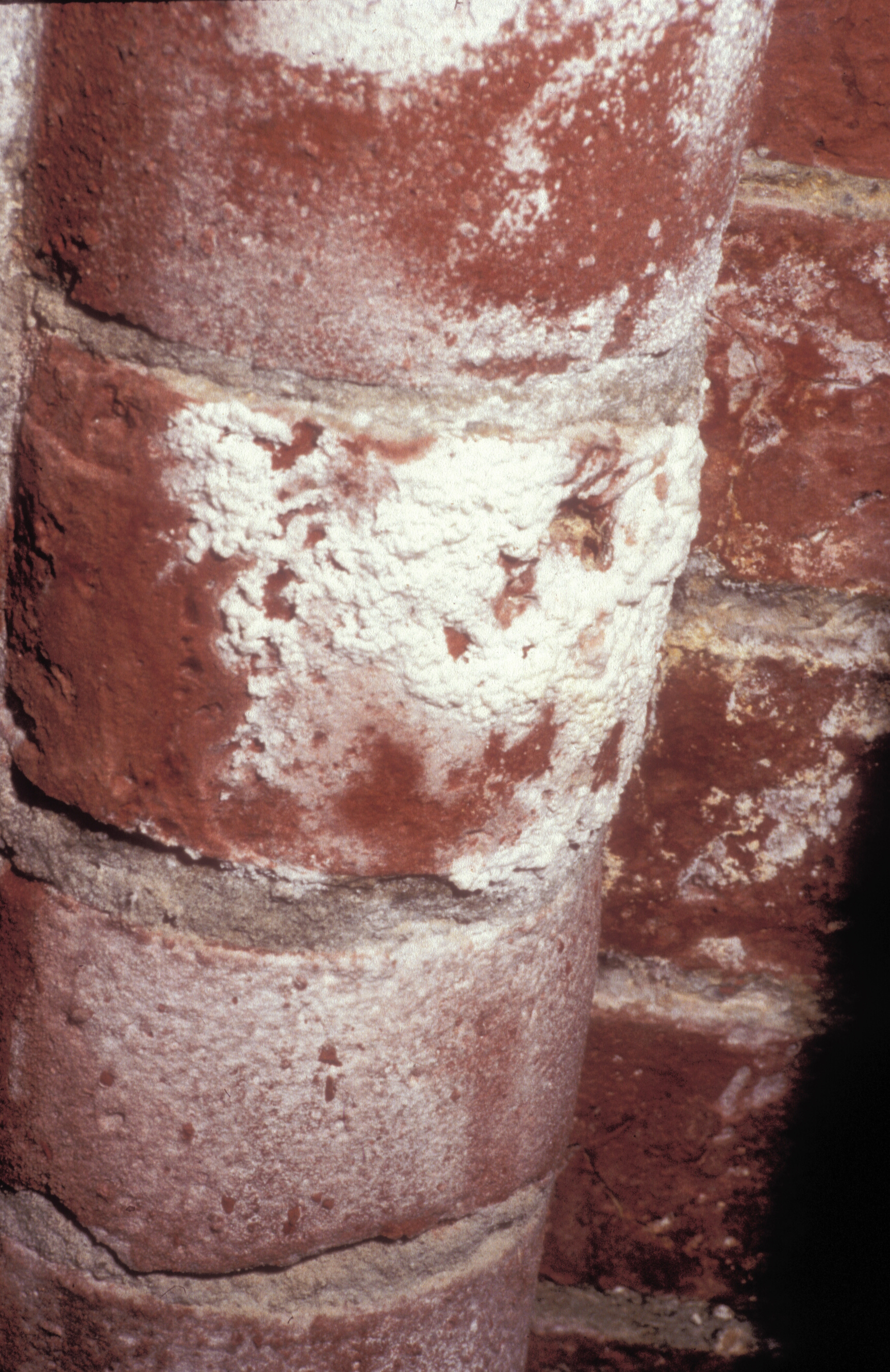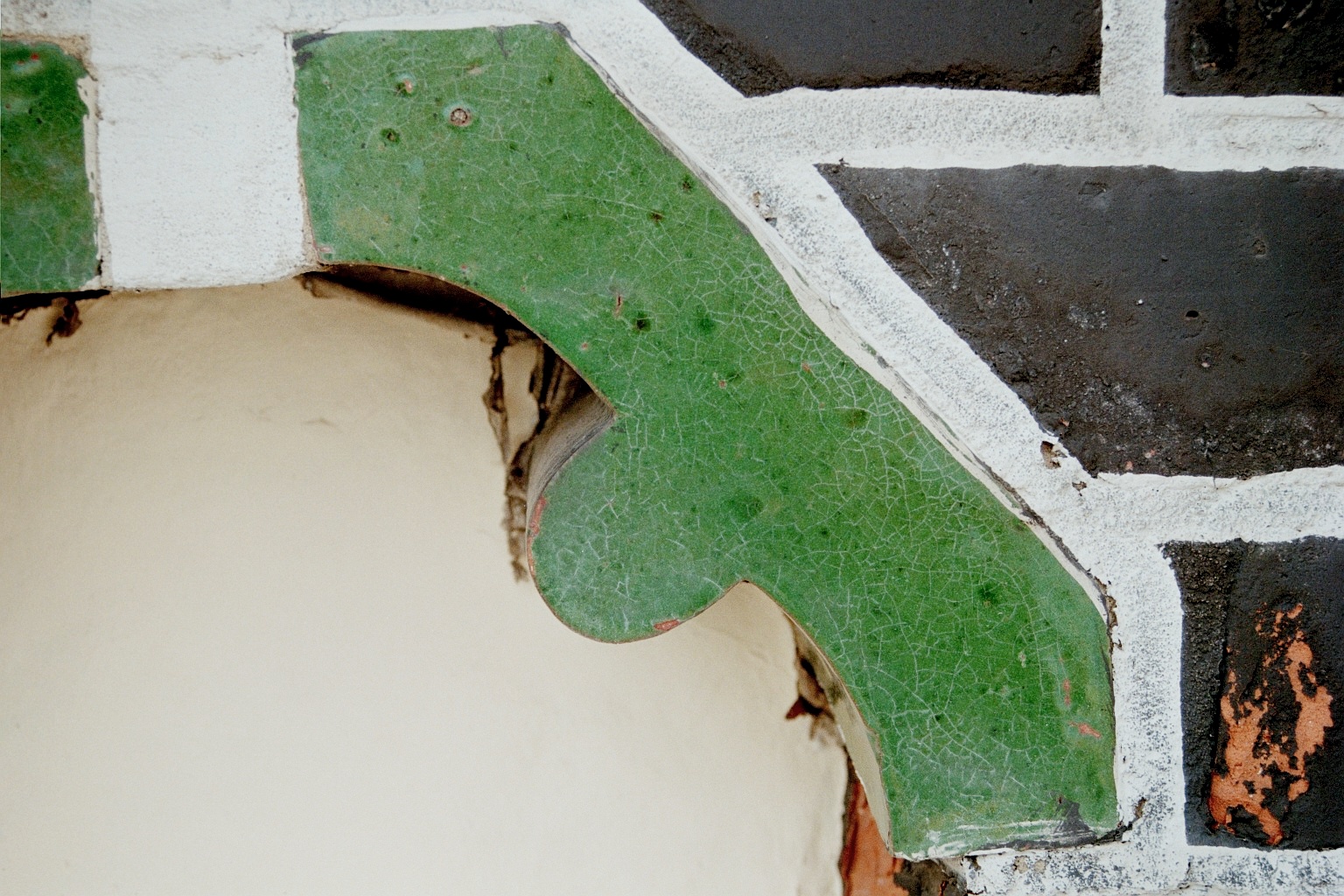Architectural Ceramics: Difference between revisions
Jump to navigation
Jump to search
| Line 35: | Line 35: | ||
Image:Per 270603 5-13 15.jpg|Figure 3: Photo micrograph as Fig 2 with crossed polars. It is clearly visible that the gypsum is causing the damage to the brick, however, it also serves as filler, holding the flaking pieces in place. If the gypsum would be removed, the original surface of the brick would be lost.</gallery> | Image:Per 270603 5-13 15.jpg|Figure 3: Photo micrograph as Fig 2 with crossed polars. It is clearly visible that the gypsum is causing the damage to the brick, however, it also serves as filler, holding the flaking pieces in place. If the gypsum would be removed, the original surface of the brick would be lost.</gallery> | ||
=== | ===Powdering === | ||
<gallery perrow="3" heights="200px" widths="250px" caption="Damage to a building in Lüneburg"> | <gallery perrow="3" heights="200px" widths="250px" caption="Damage to a building in Lüneburg"> | ||
Revision as of 13:54, 26 January 2013
Author: Hans-Jürgen Schwarz
English Translation by Sandra Leithäuser
Back to Decay Pattern
Abstract[edit]
Typical deterioration patterns for architectural ceramics are discussed and explained.
Decay patterns of architectural ceramics[edit]
Deterioration of brickwork
Salt-induced damage to bricks is very common.
Glazed architectural ceramics
The glaze on building ceramics prevents the transport of moisture and salts. Often however, the glaze shows "crazing" (a fine network of fissures or cracks) allowing moisture transport through it. And therefore, if salts are present, they will crystallize around these fissures as well as below the glazing around them, leading to its spalling.
Some examples of salt-contaminated architectural ceramics that show the damage induced are shown here:
Flaking[edit]
- Decay pattern on a brick of the St. Jakobi Church in Perleberg
Powdering[edit]
- Damage to a building in Lüneburg
Efflorescences[edit]
- Efflorescences on architectural ceramics
